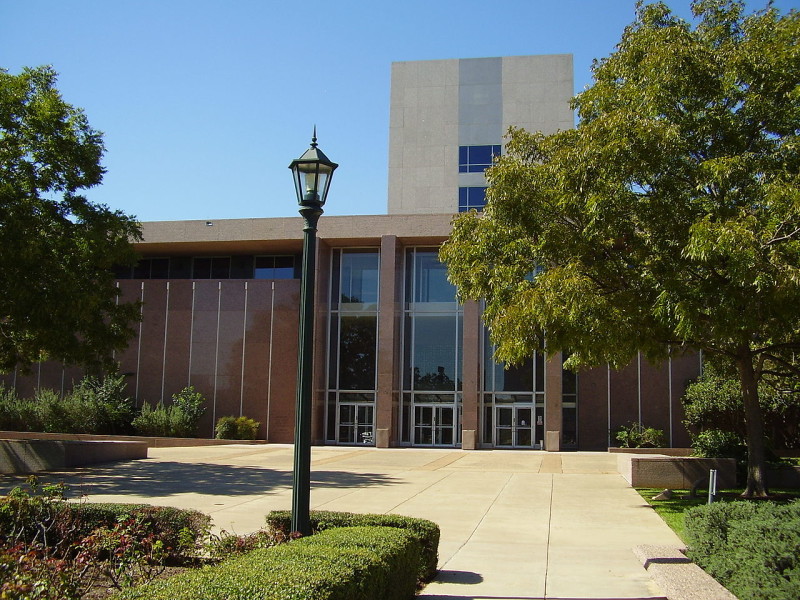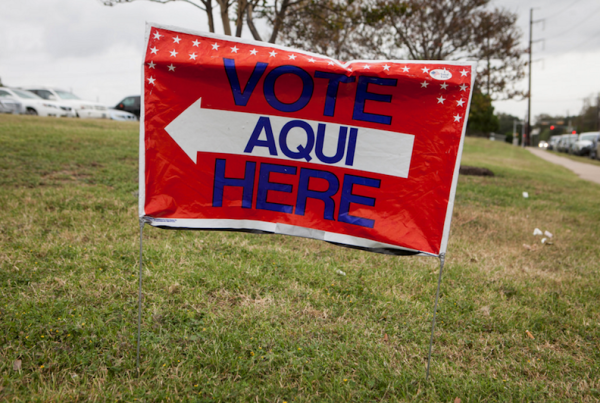This story originally appeared on Houston Public Media.
Some call it the most important case before the Texas Supreme Court. It’s about how Texas pays for public schools, and a final ruling could arrive soon.
There are four major scenarios how the justices could rule.
But, first, a quick recap. The justices heard the case back in September.
On one side, there were the state attorneys.
They argued that “money isn’t pixie dust” and won’t fix all the problems in public education or guarantee better outcomes.
Solicitor General Scott Keller asked the court to leave any changes up to lawmakers.
“This court has recognized that it’s the Legislature – the Legislature has the sole right to decide how to meet the standards,” Keller said.
On the other side were lawyers for more than 600 school districts across Texas.
They argued that there isn’t enough money, and some students, especially poor children, are being left behind.
“The state systematically fails to provide an adequate education and it provides more advantages to students who already live in the most advantaged school districts,” said Marisa Bono, an attorney representing the Edgewood Independent School District and others.
So how could the justices rule?
Four major scenarios to watch for:
1. The Texas Supreme Court could not rule at all. Instead, it could send the case back to the lower court to see if the latest $2.5 billion dollars to the education budget solves the problem. “And the court could say, you know, we need more fact-finding to determine what the actual impact of those changes were, this case isn’t’ ripe,” said Bono, southwest regional counsel of MALDEF, the Mexican American Legal Defense and Education Fund. “We think that the likelihood of that is pretty small. But it’s a possibility.”
2. The justices could make a major sweeping decision in favor of school districts. “And that would require the Legislature to come up with some way of either putting significantly more money in the system, or requiring local taxes to go up, or state taxes to go up or to require wealthy districts to share even more of their wealth with the poorer districts,” explained Al Kauffman, a veteran school finance attorney and also a professor at St. Mary’s University School of Law in San Antonio.
3. Or the court could rule the opposite. That would be a win for the state, if the court overturns the trial judge’s entire decision that declared the school finance system unconstitutional. “I guess that’s an option that I don’t like to think about,” said Chandra Villanueva, a policy analyst with the Center for Public Policy Priorities, a left-leaning think tank in Austin. “But they can just completely dismiss the case and say it has no standing. But I feel that this is such a strong case that it would be really surprising if they threw out everything.”
4. In fact, it’s the largest school finance case to ever reach the Texas Supreme Court. It involves the most school districts, the most data and the most legal arguments. That brings the law scenario, which is a combination or piecemeal ruling. The justices could uphold one part of the case and overturn another. State Sen. Paul Bettencourt, R-Houston, said that’s what he expects. “We can use a good review from the Supreme Court to hit a generational reset button and take all of this into account in the next legislative session,” he said.
Depending on when it arrives, the ruling could force a special summer session or lawmakers could hash out school finance in the next regular session in 2017.
And when will the ruling come?
It could be any day. But Chief Justice Nathan Hecht said definitely by the end of June.
For much more on school finance, check out the series Funding Texas Schools: Fair or Falling Short?
















